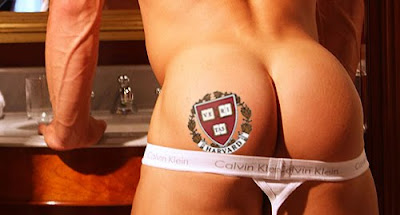 The conceit of Lanie Robertson's Lady Day at Emerson's Bar and Grill (now at the Lyric through April 24) is that the audience has been transported back to one of the last stands of the great Billie Holiday, in a seedy juke joint in Philly in 1959. Make that one of her very last stands: given the performance's putative date, Holliday would be dead in a few months; and at the fictional Emerson's (deftly enough, but perhaps not dingily enough, evoked at the Lyric), she rambles in between numbers on a famously hard-luck life that we sense even she realizes may be coming to a close.
The conceit of Lanie Robertson's Lady Day at Emerson's Bar and Grill (now at the Lyric through April 24) is that the audience has been transported back to one of the last stands of the great Billie Holiday, in a seedy juke joint in Philly in 1959. Make that one of her very last stands: given the performance's putative date, Holliday would be dead in a few months; and at the fictional Emerson's (deftly enough, but perhaps not dingily enough, evoked at the Lyric), she rambles in between numbers on a famously hard-luck life that we sense even she realizes may be coming to a close.But the script aims to be more than a tear-jerker; it attempts to evoke Holiday in all her contradictions - both the overwhelming odds she faced (crushing racism, sexual exploitation, various addictions) as well as her bad taste in men, her own self-destructive tendencies and the famous sense of humor which somehow got her through everything. (She's even able to chuckle ruefully about past dates at Carnegie Hall while dodging the narcs at Emerson's.) And alas, at this worthy goal I'm afraid that playwright Robertson largely fails; perhaps she was hamstrung by the episodic nature of her own conceit, but Lady Day jerks back and forth between tragedy and comedy (and fragility and crudeness) with little sense of accumulating build, and the talented Jacqui Parker (above left), who certainly has the range for both the highs and the lows of Billie's life, has neither found a match to the singer's flawed vulnerability within her own more powerful persona, nor cracked the challenge of conjuring the meandering mood that might cloak the script's deficiencies.
But oh, the music. The Lyric has engaged Danny Holgate - who himself tickled the ivories once in Lady Day, and who worked for years with the legendary Cab Calloway - to do the arrangements for the show, and I think they will become the stuff of local legend, too. Superb is the only word for Holgate's versions of such standards as "What a Little Moonlight Can Do," "Easy Livin'," 'Tain't Nobody's Biz-ness," and, of course, the songs most identified with Holiday, the hauntingly bitter "Strange Fruit" and "God Bless the Child" (co-written by Holiday herself). And Parker, who's blessed with a warm, smoky alto, has simply never sounded better. It's true she doesn't sound much like Holiday, and (thank God) doesn't try to simulate the lilt of the singer's famously fragile warble. Instead Parker makes the songs her own, which is the greatest thing any singer can achieve. It helps that she's backed by a truly remarkable pianist (and music director), Chauncey Moore, who seems able to follow her anywhere, and has his own low-key but suitably sympathetic dramatic presence. Whenever these two were working their musical magic, I all but forgot about the play itself. Indeed, I forgot about almost everything, save the enduringly poignant mystery of Billie Holiday.

























